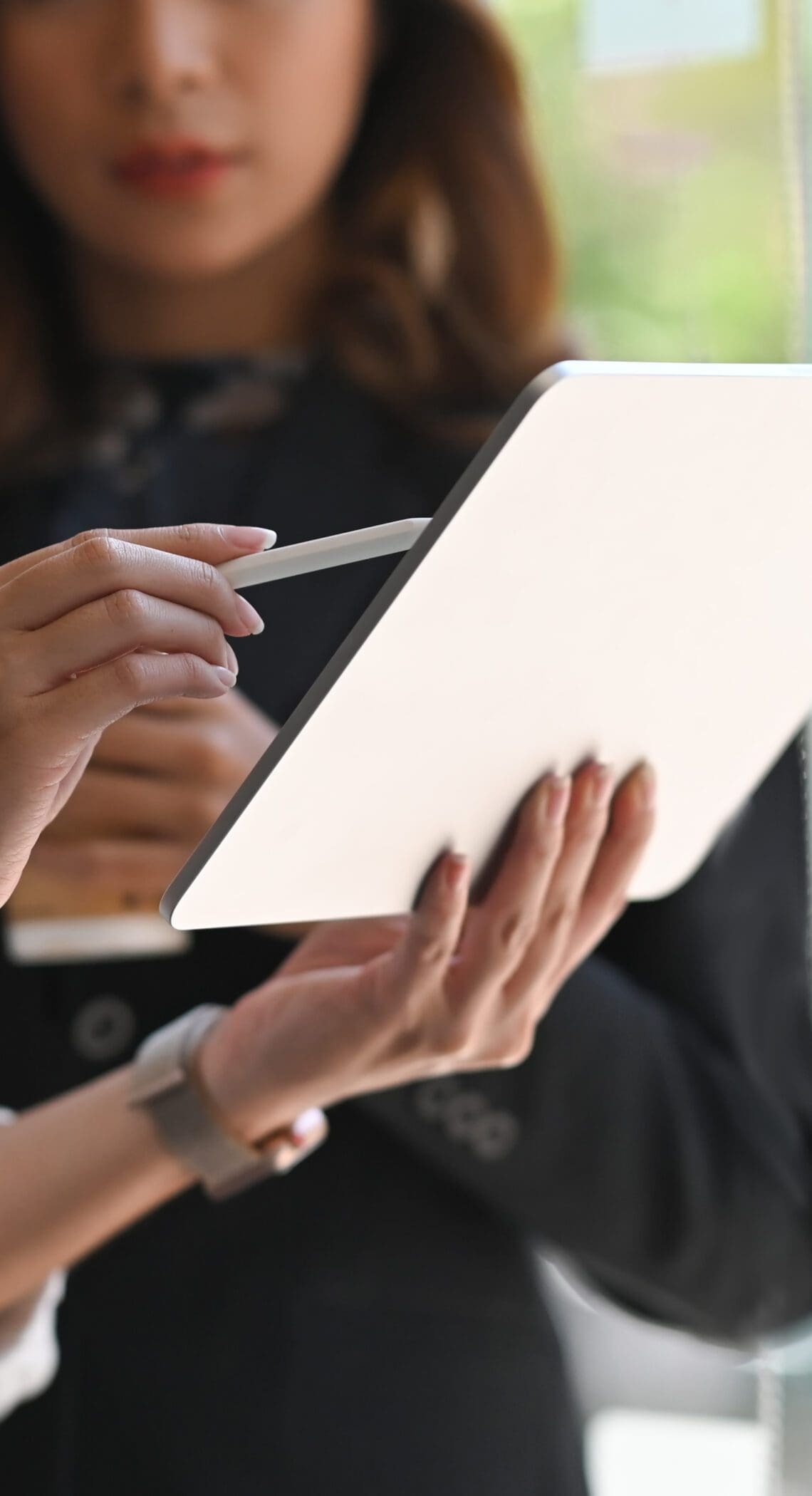Mandatory EU Safety Testing
According to the EU Cosmetics Regulation, the mandatory tests for cosmetics are stability, compatibility, and preservative efficacy. However, some additional testing may be required based on the characteristics of the products, such as the patch test.
Compatibility Testing
The compatibility test aims to evaluate the migration of chemicals between the cosmetic product and its container. Packaging can directly affect finished product stability and safety because of the possible physical and chemical interactions between the product, the package, and the external environment.
There are no standard protocols for the compatibility testing of cosmetic products. An appropriate assessment may be made based on the knowledge of the formulation and primary packaging materials as well as experienced expert judgment.
This test analyses the potential migration of small substances from the primary packaging material to the formulation. It is carried out before placing the cosmetic product on the market.
Challenge Testing
Challenge testing is mandatory for all cosmetic products for which there might be a risk of microbial growth during normal conditions of storage or use. Preservatives are included in most cosmetic product formulations to protect them from microbiological contamination during regular consumer use. The challenge test aims to verify the reliability of the preservative system during the shelf and usage life of the cosmetic product.
The test should be done in at least two phases:
- During the development of the product – after adding the preservative system.
- At the end of the stability testing and/or formulation compatibility test with the packaging material (as an evaluation of the protective efficacy in intact, in-use or in-ending cosmetic products).
The conclusions report of the Challenge Test shall contain the following:
- Identification of the lab conducting the testing
- Identification of the product
- The packaging material used in the test
- A description of the methodology used – the protocol
- Study conditions
- The result of the study
- The signature of the person responsible for the study
Stability Test
Stability testing ensures that the cosmetic product maintains its intended physical, chemical, and microbiological quality, functionality, and aesthetics when stored under appropriate conditions.
Each manufacturer, given its knowledge of the formulation and the product’s intended use, may draft and argue the best-suited conditions to evaluate the stability of the product. The elements to be considered when preparing the protocol of a stability test:
- Identify the conditions that will “accelerate and predict” the effects of standard conditions of storage and use. Where relevant, consider stresses, including temperature, that will enable the assessment of product integrity under anticipated product exposure conditions.
- Consider evaluating critical aesthetic properties such as colour, fragrance, texture, and flow, particularly after exposure to conditions that stress each property.
- Consider variations in the process conditions.
- Consider the impact of the primary packaging on the formulation and any effects the product might have on the packaging.




